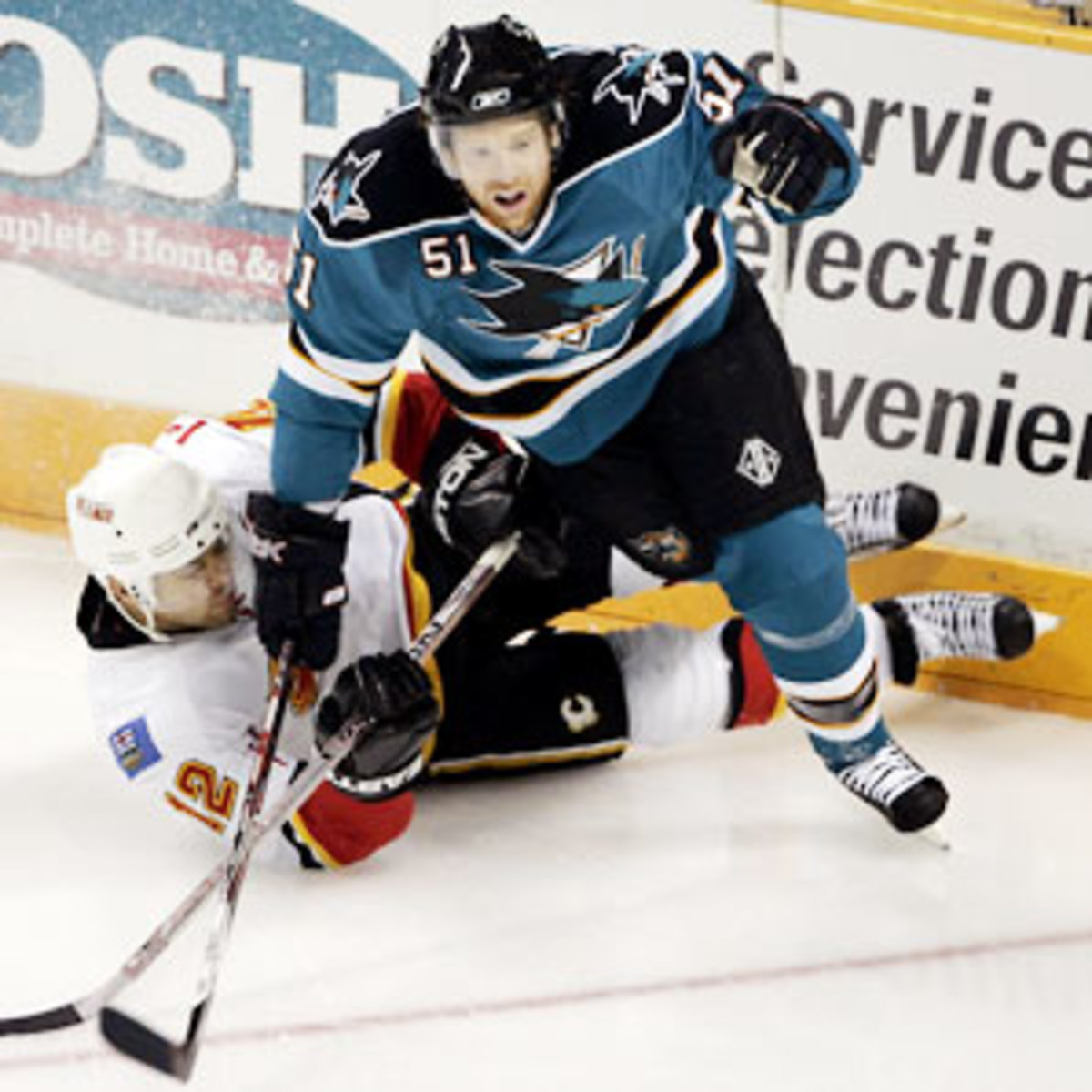As usual, the offseason signals great change around the league
The Islanders hired Scott Gordon last week, which for them isn't all that newsworthy, since they've had a procession of bench bosses seemingly since the days of Al Arbour. But, beyond the Isles litany, Gordon coming out of the AHL continues a trend league-wide that departs from the age-old theory of recycling NHL-experienced coaches. Gordon was named Coach of the Year for his fine work in Providence -- his fifth year at the helm of the Baby B's -- which should be credibility enough.
Beyond that, though, John Stevens' work with the Flyers last year, Bruce Boudreau's success in Washington from November on and the Thrashers' hiring of John Anderson all made Gordon a more viable candidate -- his personal resume notwithstanding. Add in Florida hiring Pete DeBoer out of the OHL junior ranks and the Sharks' signing Red Wing assistant Todd McLellan and it is obvious that having a first-timer behind the bench is no longer taboo. It is downright trendy.
Even the upper crust of management saw a trend continue with an infusion of big names. Joe Nieuwendyk in Toronto. Scott Mellanby in Vancouver. Mike Vernon in Tampa. These guys follow Al MacInnis, Steve Yzerman and Brett Hull as recently retired marquee players moving into prominent management positions. The methodology of the day seems to be to form management teams, with these guys filling the need as another sound hockey voice with a cache of insight and credibility around the league with players and league officials alike.
The Detroit Red Wings have operated with this collective mindset approach under GM Ken Holland for over a decade and enjoyed great success. They recognize and provide a role for guys with a passion and a vision for the game and they apply it to their team model. We're not talking about cronyism here either. These guys aren't merely names for PR purposes. They have a vital role in decision-making within their respective organizations.
Teams typically follow the wave of success on the ice as well and retool and retrench accordingly. But this year it isn't as clear as to what type of team will lead to the ultimate prize. The Ducks won the Stanley Cup in 2007 with a bruising, brawling style, while the 2008 Detroit championship team was all about skating, passing and puck possession. No one will deny that both teams had the requisite blend of skilled veterans and emerging stars.
More than anything, though, both teams put a premium on mobile, puck-moving defensemen that were essential elements to the attack. Thus, Brian Campbell became the hot free agent commodity, joining a Blackhawks blueline that already sports Duncan Keith and Brent Seabrook. Nashville is loaded with defensemen that can move and shoot. The Blues are remodeling from the blueline out. And it is not just a Central Division phenomenon. It holds true coast to coast. The Panthers put a premium on the point position, having already dealt former captain Ollie Jokinen to the Coyotes for rearguards Keith Ballard and Nick Boynton and reportedly getting set to acquire Bryan McCabe from the Maple Leafs. In San Jose, Campbell didn't sign, but the Sharks swiftly moved to fill that role by trading for Dan Boyle from Tampa.
So, plodding and marauding on the blueline is definitely giving way to passing and pushing the pace from the back end. But up front, teams seem divided. For instance, the Capitals pummeled their way into the playoffs with a group of big, bruising, banging forwards leading the way. The Flames got bigger and grittier this summer by adding Rene Bourque, Curtis Glencross and Todd Bertuzzi. And certainly the Stars believe in the sand paper approach to hockey success, adding grandiose grit-disturber Sean Avery to a team that already has up-ice edginess provided by captain Brendan Morrow and Steve Ott.
Like every summer, change has been constant. But, if you look closely, it isn't nearly as random -- at every level of the business -- as it may first appear.





